Data analytics falls under the category of computer science. Specifically, it is a branch of computer science that focuses on collecting, analyzing, and interpreting large data sets to make informed decisions. Data analytics is closely related to other computer science disciplines such as software engineering, machine learning, and artificial intelligence. These technologies are all aimed at helping individuals/organizations to make better decisions based on data.
Definition
Data analytics is the process of analyzing data to gain insights. It involves extracting and cleaning data, analyzing patterns, and visualizing results. For example, to analyze data, marketers collect sales data and use it to identify trends and potential opportunities. And as a result, metrics such as customer satisfaction, revenue, and ROI can be tracked and improved.
Why data analytics is key
A company’s data-driven decisions are five times more likely to result in improved business performance. And not only that, a significant portion of consumers (i.e. 80%) are more likely to stick to a company if it uses its data to provide personalized services like tailored offers and discounts.
Marketing is definitely not the only field where data analytics is key. Fields involving the necessity for data-driven decisions such as finance/stock market, healthcare /patient records, and retail/inventory management also benefit immensely from data analytics.
Due to the huge availability of data (i.e. almost 1.7 megabytes of data is created every second), data analytics is becoming increasingly important. In 2022, 333.2 billion emails are sent every day. Currently, the total amount of data available is around 97 trillion gigabytes. And it’s projected that global data creation will have grown to more than 180 zettabytes by 2025.
To understand how significant that number is, compare it to the number of stars in the Milky Way; 200-400 billion.
The rest of the article is going to be about different types of data analytics and their applications. Also, there might be some overlaps, like healthcare, which utilizes all four data analytics methods, and business, which uses most of them.
1. Descriptive Analytics
Descriptive analytics is the most basic type of data analytics. It involves summarizing data to understand what has happened in the past. Due to that nature, it’s also known as “historical analytics”. It is not essentially used for predicting future trends or making decisions, but it does provide a context for understanding data.
For example, descriptive analytics can give a company insight into the success of its products over a certain period of time. It means that it’s possible to identify the most profitable lines of business and discover which products are more popular.
Usage of descriptive analytics includes analyzing website traffic, customer buying patterns, and medical records.
Analyzing web traffic
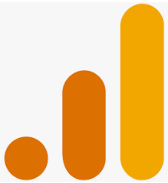
Web traffic is about understanding how/how many users interact with your website. Descriptive analytics helps to determine metrics such as page views, bounce rates, and click-through rates. For example, if the bounce rate is extremely high, like more than 56% (As 56 to 70 percent bounce rate is higher than average), it generally indicates that the website does not have enough relevant contents for the users. The most common data analytics tool to analyze web traffic is Google Analytics. This tool uses sophisticated algorithms and predictive analytics to filter out the raw data and provide detailed insights into user behavior.
Analyzing customer buying patterns

Do you know, according to stats, customers do not buy things randomly; there is always a pattern behind it? Tuesdays, Wednesdays, and Thursdays are the most popular days for making purchases of jewelry and fashion items. For analyzing customer buying patterns, data analytics tools like IBM Watson and SAS are common choices for businesses. When more users click through materials within the IBM Analytics Content Hub, the solution analyzes usage patterns to recommend content that aligns with their specific interests.
Analyzing medical records

Specifically in the medical field, as we all know, a patient’s data is very important. Data is behind every decision that a doctor makes. Descriptive analytics, in form of medical records and connected sensors, provides detailed information about a patient’s health. Furthermore, doctors can use this data to compare a patient’s health with other patients and develop the most suitable treatment plan. In fact, the deepest uses of descriptive analytics are found in the medical field.
2. Diagnostic Analytics
Diagnostic analytics is another type of data analytics, and also the second step of data analytics after descriptive. It is about understanding why certain things happened, and why certain patterns exist. This means diagnostic data analytics helps to drill down into data to get insights about the root causes of issues. For example, if the bounce rate of a website is high, it can now be analyzed to find out the exact reason behind that.
Unlike descriptive analytics, it does not just provide a descriptive summary of data, but it also looks for the reasons behind the available data. Here are some applications of diagnostic analytics:
Sports analytics
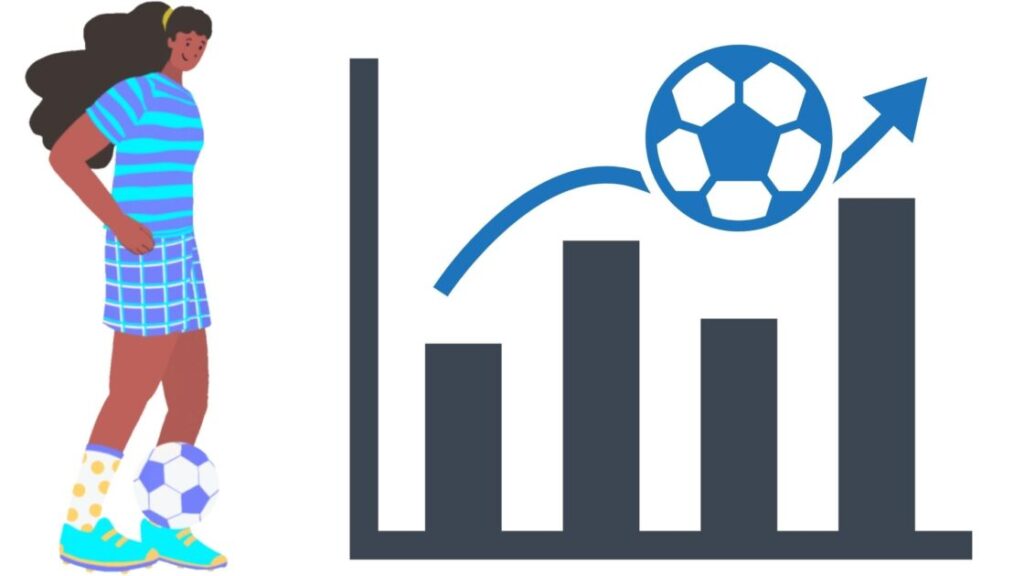
Diagnostic analytics is commonly used in the sports field. Like, to analyze player performance, and identifying the potential factors that contribute to their performance. This data analytics help identify the factors that contribute to player fatigue, or the factors that contribute to better performance. One great example of this is the NBA’s SportVU system, which tracks player movement and performance to give teams a better understanding of their players. The system can then be used to identify the strategies and techniques used by successful players.
Analyzing medical records

In the medical field, diagnostic analytics is used to identify the cause of a particular health issue. Like, it helps identify genetic or environmental factors that cause that health issue. As it enables doctors to identify the root cause of a medical issue, they can come up with the most suitable treatment plan.
Analyzing a software’s performance
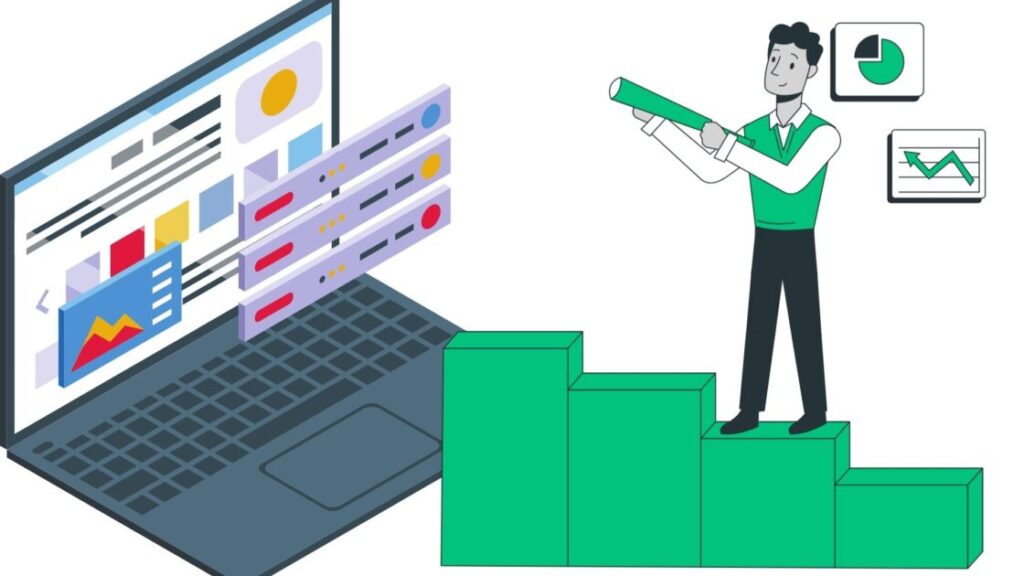
Another use of diagnostic analytics is to analyze the performance of business software. As it helps trace the main cause of any performance issues, finding out ways to improve the performance is possible. In this way, online businesses can ensure that their software is working properly and is meeting their needs. Especially for software and online platforms with complex algorithms, like Google’s search algorithm, the role of diagnostic analytics is considerably huge.
The most popular data analytics tools for diagnostic analytics are Microsoft Power BI and Tableau. Tableau can help to visualize data to identify trends quickly and find out correlations between different variables. For example, the most common use cases for Tableau are comparing customer feedback and sales data to identify customer preferences. With Microsoft Power BI, users can create interactive data visualizations that help to detect early signs of problems.
3. Predictive analysis
Predictive analysis takes it to another level. The current extent of predictive data analytics is already remarkable. From predicting crimes a week earlier to predicting natural disasters days prior, it has become a staple of data analysis. Predictive analytics is basically about using existing data to predict future outcomes. After collecting and analyzing data, predictive analytics uses algorithms to identify patterns and trends, and then predict future events. The whole process is governed by predictive models, mostly based on machine learning and artificial intelligence.
Predictive analytics in healthcare
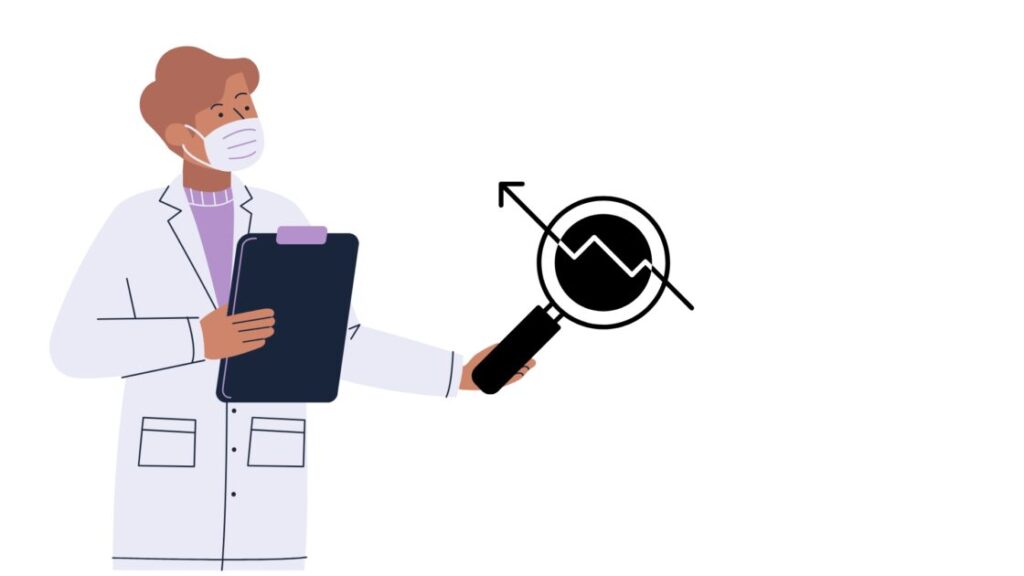
Healthcare again! Predictive analytics is widely used in the healthcare field. One example is its application to predicting the probability of patients being readmitted after discharge. A predictive model can identify patients who are likely to return for hospital treatment within a month of discharge. This allows healthcare providers to focus on those patients, and provide them with the necessary support and resources to prevent readmission. But different from descriptive analytics, predictive analytics can go beyond simply summarizing the patient’s data; the model itself can analyze data and make predictions. All that’s left is to validate the predictions, and human doctors are for just that.
Predictive analytics in crime detection
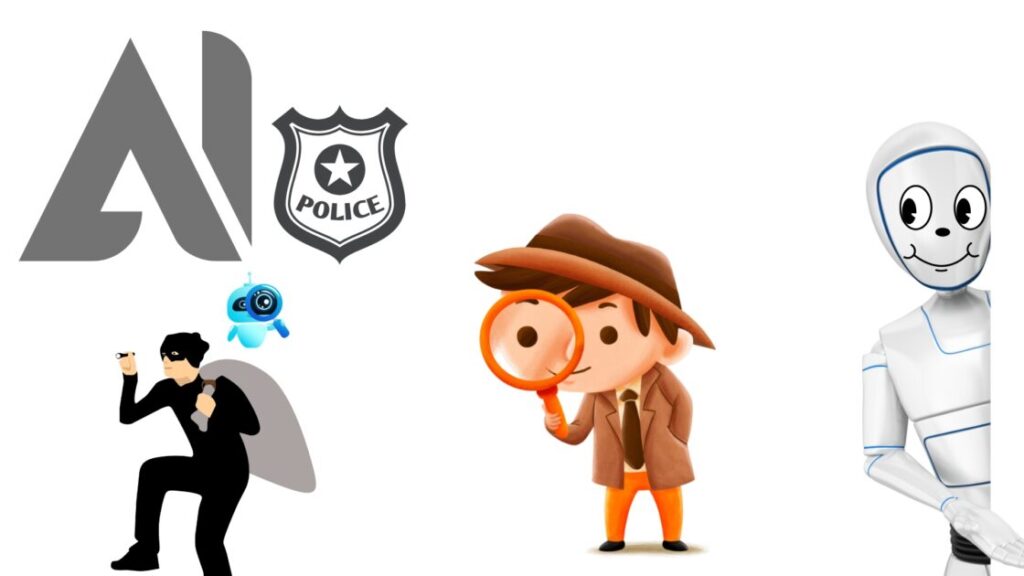
Believe it or not, a few months ago, Chicago Police created an AI system to predict potential crimes a week earlier. What’s even scary is that the model does so with 90% accuracy. Currently, the system is pretty limited, according to those who performed the experiment. But its limitations are only due to the lack of data. And the limitations for that keep on decreasing with time. To back this fact, we can take the fact that the volume of knowledge is doubling every 12 hours. But the doubling rate used to be more or less around 25 years in 1945. Now, this crime prediction thing is not completely like looking to the future to see whether or not a crime happens. To predict crimes, these models rather involve data metrics such as the location of previous criminal activities, the time of the day, and some absurdly meaningful metrics like the weather.
Predictive analytics in Businesses
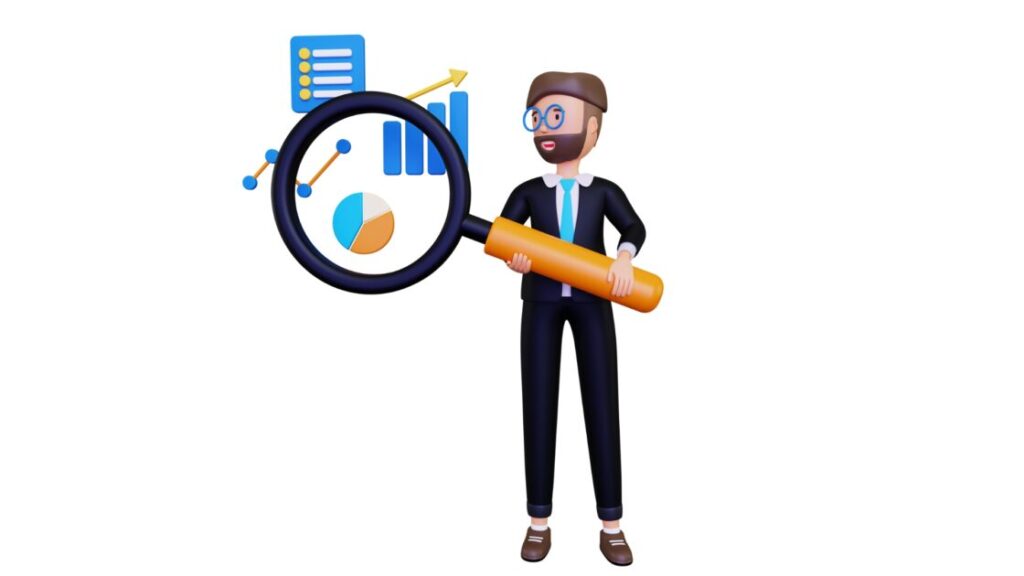
The whole field of business in 2022 pretty much relies on predictive analytics. It’s now like a necessity, not a privilege. Everything from predicting customer behavior to forecasting demand to creating predictive maintenance schedules, predictive data analytics is behind it all. All thanks to the power of machine learning and predictive models. What’s more in predictive analytics than descriptive analytics is the former allows businesses to forecast the ‘what if’ questions. For example, if a business owner wants to know what would happen if they increased their advertising budget, predictive data analytics can help them figure it out. It means the ability to perform a “demo” of the future in the current state, with zero risk. Some softwares that use predictive analytics include Salesforce, Oracle, and SAP.
4. Prescriptive Analytics
Now comes the most complex and sophisticated type of data analytics: prescriptive analytics. It is a type of data analytics that goes beyond predicting the future; it actually provides advice on what to do to achieve the best outcome. This is the most complex type of analytics.
Here are the fields of usage of prescriptive analytics:
Prescriptive analytics in Business
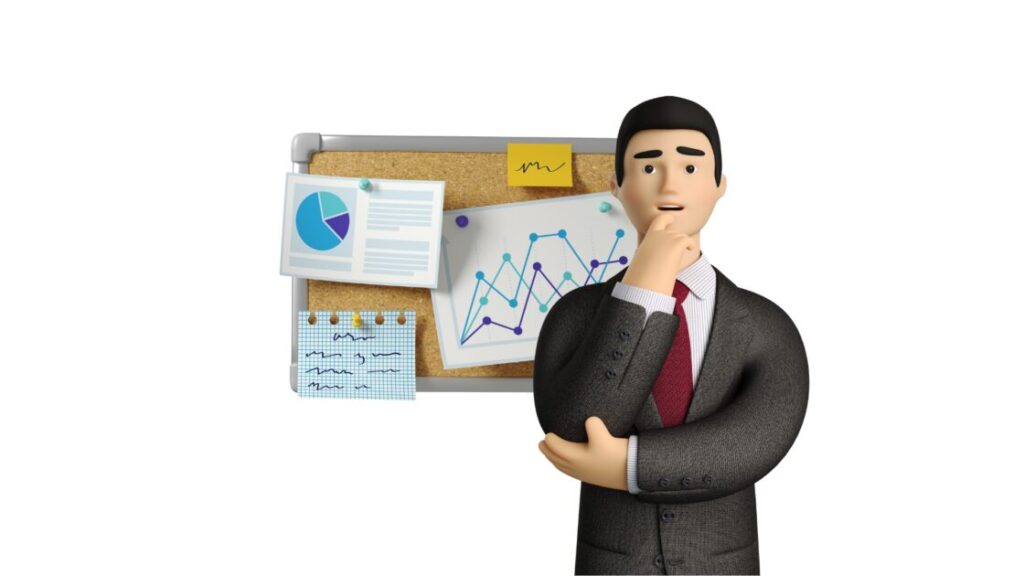
Marketers use email automation to sort leads into categories based on their motivations, mindsets, and intentions and deliver email content to them based on those categories. You have gone through those emails, haven’t you? This improves customer satisfaction and loyalty since customers are being offered the right products at the right time (or at least as far as the data is correct). Prescriptive analytics can also be used to identify employee traits and characteristics that are associated with high performance.
Prescriptive analytics in production
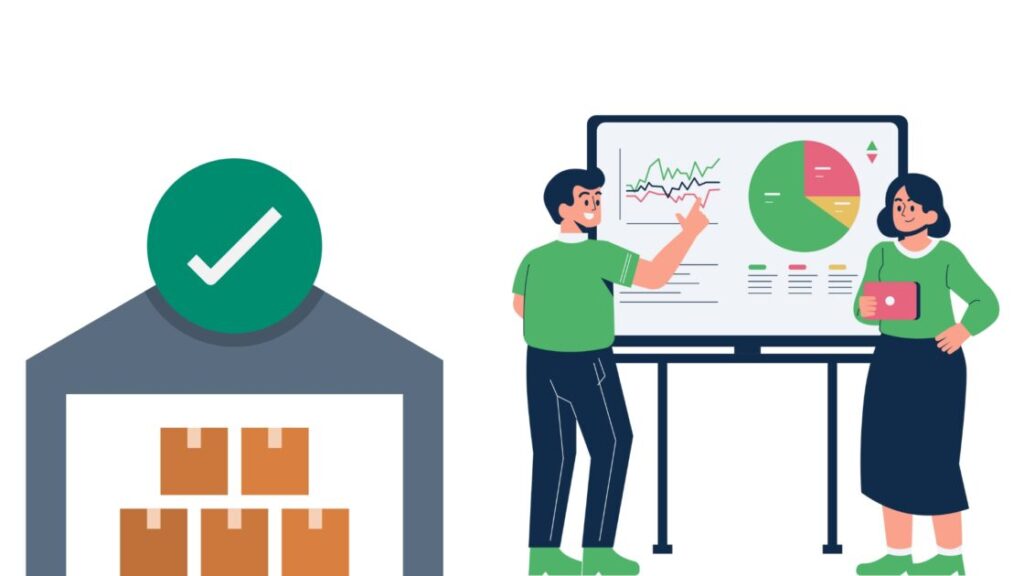
Okay, prescriptive data analytics is a really underrated term in production processes. In a manufacturing plant, manufacturers use prescriptive analytics to optimize the production process and inform the management about any issues. A prescriptive model also considers factors like raw material availability, personnel availability, and customer demand. Prescriptive analytics helps understand the impact of these factors on the production process and prescribe the optimal solution. This means not only can the manufacturers improve their production efficiency, but they can also save money and reduce wastage. Refer to this article from IBM for more info.
Prescriptive analytics in healthcare
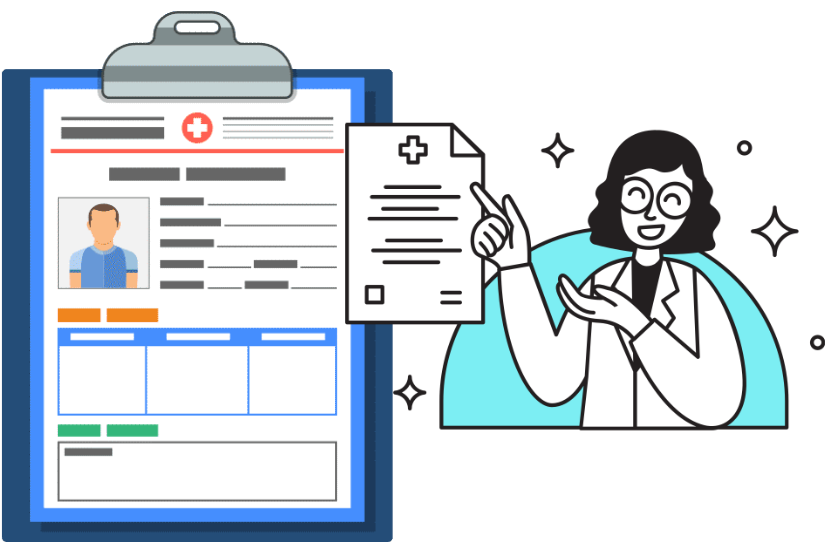
Medicine is an area where prescriptive analytics shines too, just like any other data analytics method. Prescriptive data helps by providing real-time prescriptions to doctors on how to best treat a patient. These analytics can provide advice on the best drug dosage or the best medical intervention needed. Furthermore, it can even suggest which tests should be done and which drugs should be used.
Conclusion
Many analytics fall under the umbrella term “data analytics.” Data analytics systematically assists users in understanding and leveraging data. As per the stats, most, (i.e. between 60 to 73 percent – Forrester) of the data collected is never used. Nevertheless, the forever-growing volume of data and the increasing sophistication of data analytics tools make this an exciting field with unlimited potential. However, using data for illegal stock market manipulation, insider trading, and identity theft are just a few of the many unethical uses of data analytics. Regulations, oversight, and technology are necessary to ensure that the usage of data analytics helps more than it harms.
- AI-Powered PCs: Overhyped Trend or Emerging Reality? - August 21, 2024
- Princeton’s AI revolutionizes fusion reactor performance - August 7, 2024
- Large language models could revolutionize finance sector within two years - March 27, 2024



